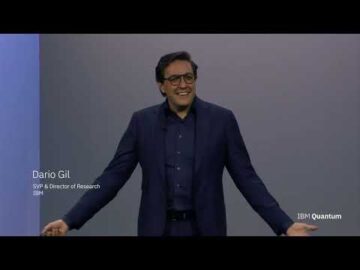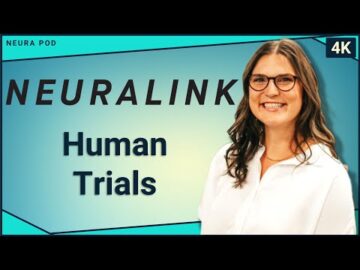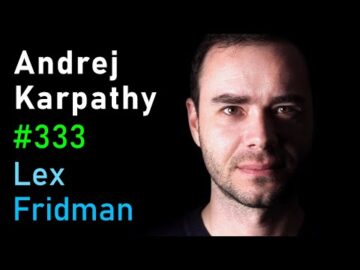Researchers from Australia and Singapore are working on a new quantum technique that could enhance optical VLBI. It’s known as Stimulated Raman Adiabatic Passage (STIRAP), which allows quantum information to be transferred without losses. When imprinted into a quantum error correction code, this technique could allow for VLBI observations into previously inaccessible wavelengths. Once integrated with next-generation instruments, this technique could allow for more detailed studies of black holes, exoplanets, the Solar System, and the surfaces of distant stars.
The interferometry technique consists of combining light from multiple telescopes to create images of an object that would otherwise be too difficult to resolve. Very Long Baseline Interferometry refers to a specific technique used in radio astronomy where signals from an astronomical radio source (black holes, quasars, pulsars, star-forming nebulae, etc.) are combined to create detailed images of their structure and activity. In recent years, VLBI has yielded the most detailed images of the stars that orbit Sagitarrius A* (Sgr A*), the SMBH at the center of our galaxy.


We can already do large-baseline interferometry in the microwave. However, this task becomes very difficult in optical frequencies, because even the fastest electronics cannot directly measure the oscillations of the electric field at these frequencies.
The process they envision would involve coherently coupling the starlight into “dark” atomic states that do not radiate. The next step, said Huang, is to couple the light with quantum error correction (QEC), a technique used in quantum computing to protect quantum information from errors due to decoherence and other “quantum noise.
Arxiv – Imaging Stars with Quantum Error Correction.
Combining the light from telescopes across the entire planet would enable direct imaging of planets in other solar systems. The light of the star would need to be shielded so we could see the exoplanet in detail.
There is work to create space based starshades for large ground based telescopes. Other researchers are working on an ultra-lightweight redesign will be developed that can be built or assembled in space.


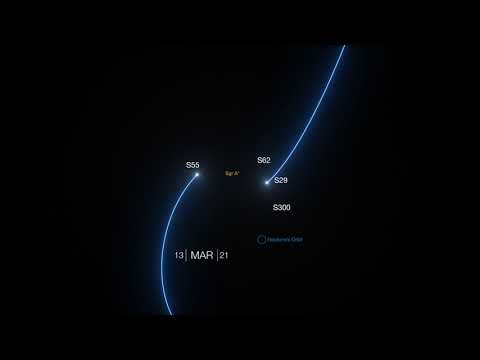
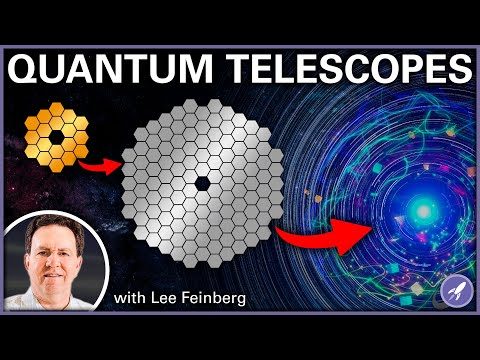
There are quantum computers with tens – or soon hundreds – of qubits are becoming available. Much research effort has focused on using such noisy intermediate-scale quantum (NISQ) devices to demonstrate capabilities that surpass classical computers. Here, we have proposed an application for such a NISQ device for imaging, where we protect the information encoded in the received starlight. For the dominant noise type—dephasing—we show that a significant advantage can be gained by using even a simple repetition code. For noise types (even adversarial) that corrupt up to a certain fraction of the qubits.
The telescope researchers find the threshold —9.4%—for which the quantum Fisher information can be preserved. This threshold is significantly less stringent than that required for quantum computation. For pure dephasing, they can tolerate error rates up to 50%. This means quantum error-corrected telescopes are easier than error-corrected quantum computers.
They anticipate that by leveraging on the theory of fault-tolerant quantum computation, their scheme can achieve a high QFI even with imperfect QEC operation.
Brian Wang futurista gondolatvezető és népszerű tudományos blogger, havi 1 millió olvasóval. Blogja a Nextbigfuture.com a Science News Blog első helyén van. Számos zavaró technológiát és trendet fed le, beleértve az űrt, a robotikát, a mesterséges intelligenciát, az orvostudományt, az öregedésgátló biotechnológiát és a nanotechnológiát.
A legmodernebb technológiák azonosításáról ismert, jelenleg társalapítója a nagy potenciállal rendelkező korai stádiumú cégek indításának és adománygyűjtésének. Ő a mélytechnológiai beruházások elosztásának kutatási vezetője és egy angyalbefektető a Space Angels -nél.
A vállalatok gyakori előadója, volt TEDx -előadó, a Szingularitás Egyetem előadója és számos rádió- és podcast -interjú vendége. Nyitott a nyilvános beszédre és tanácsadásra.





